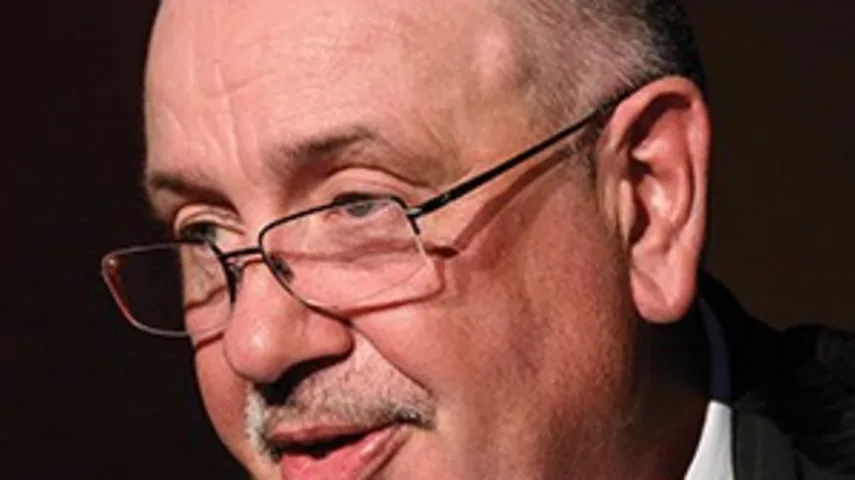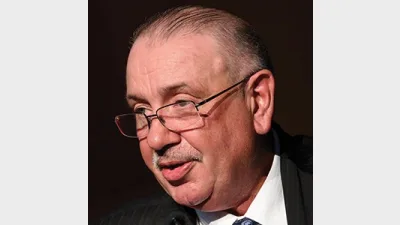Placing bets on the future of advice



Over the past two months the gravity of the commercial challenges confronting the Australian financial planning industry have been laid bare by a series of separate events ranging from the CountPlus acquisition of Count Financial through to Lonsec’s ambitions in the Managed Accounts space and HUB24’s denial of media reports on the impact of its fees.
CountPlus is looking to shareholders to sign-off on its acquisition of Count Financial at an extraordinary general meeting and what we learned from the documentation attaching to its Extraordinary General Meeting (EGM) explains in large measure why the major banks have chosen to exit their wealth management businesses.
The core statistic contained in the CountPlus EGM document was the expected 60 per cent decrease in revenue resulting from an end to an assortment of revenue streams such as licensee adviser fees, platform rebates and grandfathered commissions. In other words, a decade’s worth of Government policy changes had served to erode more than half of the commercial foundations of a significant, bank-owned financial planning business.
But the question testing the minds of financial planning executives is what the industry will look like within five years. Will vertically-integrated groups such as IOOF continue to dominate? Will the CountPlus approach of accountancy-based advice groups gain ascendancy? Will self-licensing continue to grow or will some other model emerge?
It goes without saying that the reason CountPlus moved to acquire the Count business, despite the harsh commercial realities, was that the terms of the transaction were undeniably favourable (the Commonwealth Bank has provided substantial indemnities) and because the CountPlus board believes it has the right strategy to move beyond the current commercial/regulatory environment.
The strategy is predicated in large part on acceptance that over the next five years the financial planning industry will become almost entirely user-pays, that smaller firms will exit the industry and that the CountPlus “owner-driver” model is suited to the resultant environment.
A consultant’s report commissioned by CountPlus as part of its transaction stated:
“Currently, the biggest four financial institutions have almost 3,950 advisers. Over time, this number could diminish as independent converged accounting and advice firms become more active players in the financial advice industry, coupled with a growing number of independent financial advisers operating in a more transparent and heavily regulated industry.”
Dealing with the changing environment requires pragmatism and the CountPlus board has already exhibited its willingness to be hard-edged having used a strategic review to part company with loss-making and under-performing member firms and to adopt the “owner-driver” model.
But, as the events of early July also proved, financial planning dealer groups are not the only businesses facing pressure, with the report around the impact of interest rate cuts on the fees charged by platforms such as HUB24 and Netwealth for cash pointing to other market dynamics.
Then, too, there is the question of how the Australian Securities and Investments Commission (ASIC) will continue to treat Managed Accounts in circumstances where groups such as Lonsec are offering to acquire in-house managed portfolios from advice licensees.
The Lonsec approach is predicated on a belief that a tougher approach on the part of ASIC will bring with it increased regulatory risk for advice licensees which can be mitigated by outsourcing responsibility to specialist investment manager.
It is clear the commercial models are changing to adapt to the changing regulatory times and that some strategic bets are being placed.
Recommended for you
In this episode of Relative Return Insider, host Keith Ford and AMP chief economist Shane Oliver unpack the RBA’s decision to keep the cash rate on hold in the face of rising inflation and whether the governor’s hawkish tone is a sign of things to come.
In this episode of Relative Return Insider, host Keith Ford and AMP chief economist Shane Oliver discuss the September quarter GDP figures, which show Australia’s economy regaining momentum.
In this new episode of The Manager Mix, host Laura Dew speaks to Haley Devine, head of wealth management at MaxCap Group, to delve into private credit and commercial real estate.
In this new episode of The Manager Mix, host Laura Dew speaks to Benjamin Leung, head of systematic investments at Macquarie Asset Management, to understand the use of systematic investments.







